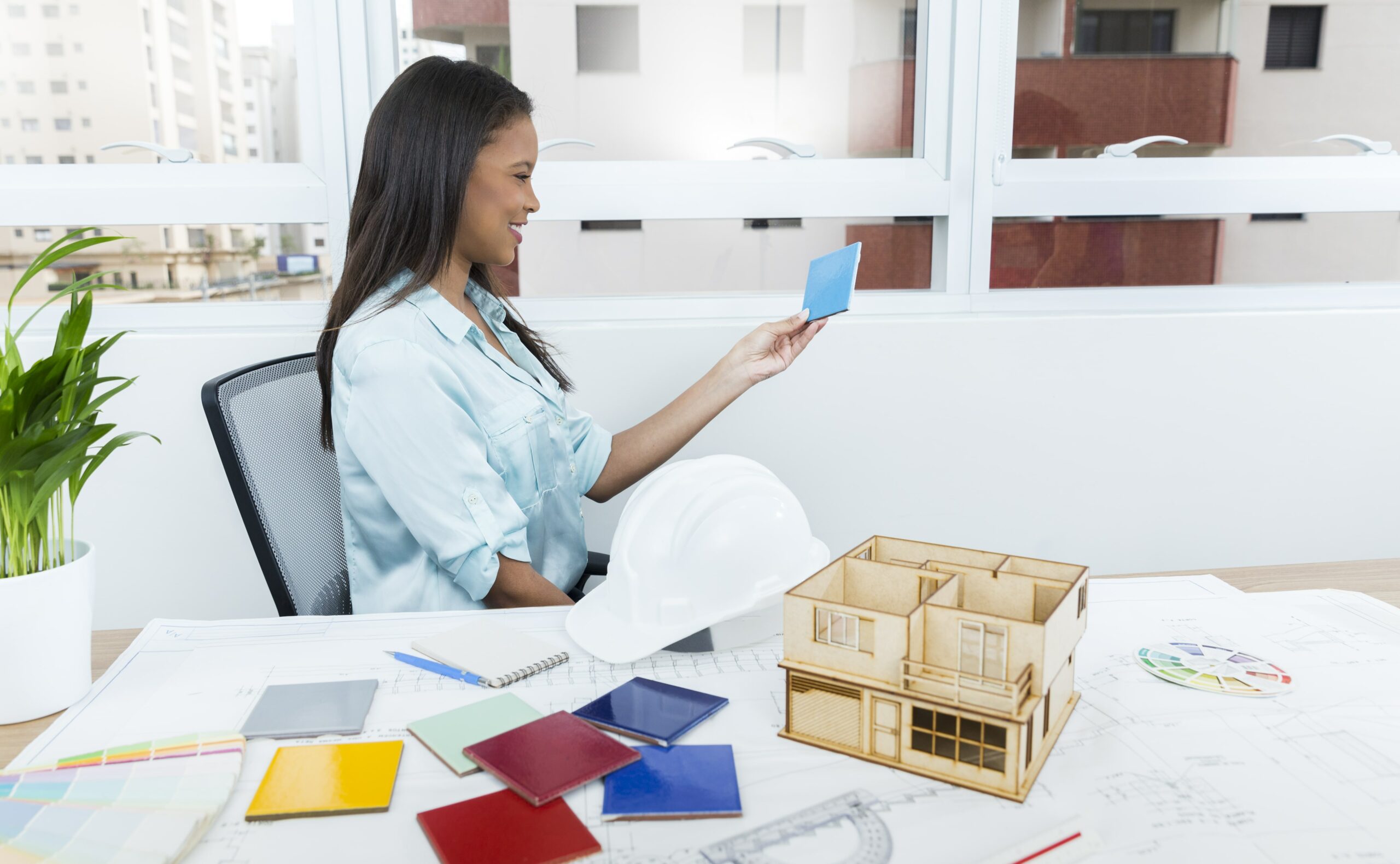
Subdividing property | How to identify if you can subdivide your property
Subdividing property is a great way to increase a return on your investment. That said, it can be risky if you don’t do your research and consider your strategy carefully.
A subdivision is when you divide a building or piece of land into two or more properties, but it comes with several logistical hurdles – not least, local council approval. Want to know if your property is right for subdivision? Here are the things to consider.
1. Check the size of the property
Each suburb has minimum lot sizes stipulated by the local authority and if an existing lot is large enough to accommodate more than one home, then subdivision could be an option. It’s also important to consider local authority zoning because different zones allow for different types of development.
Corner blocks are also desirable when considering subdivisions. Long, single frontage blocks are subdivided into an L-shaped, where the home set back from the street becomes the “battleaxe”. A corner block’s double-street frontage has more opportunity for private driveways, minimising the land wasted on a long driveway and maximising your return on investment when it comes to resale.
2. Type of property also affects subdivision
Level blocks without trees can simplify construction costs, as can considerations for stormwater management. Properties on the higher side of the street typically are cheaper to drain than those on the lower side.
Identifying impediments to subdivision such as easements, powerlines, bus stops, pedestrian crossings, overshadowing neighbours and restrictions on how you can use the property is also paramount in property selection.
3. Become an area expert
The best tip for finding subdivision opportunities is to become an area expert; each suburb has different lot size guidelines and each authority has a different policy for development.
To become an area expert, you will need to immerse yourself in the local area, understanding both the local authority’s development policies and also the local demographics. It is also prudent to look for properties in growth areas. Local authorities in these areas may be more sympathetic to increased dwelling density as they need more homes. To maximise your return, you want to benefit from both suburb growth and your subdivision.
You will require input from town planners, architects, engineers and a property lawyer. Building a great support team around you is essential to help ensure you achieve the best possible results.
4. Be aware of the costs
Costs can vary significantly. For a simple subdivision, you will be paying for town planning, surveying, council and legal fees, and even these vary depending upon the complexity and location. However, the cost may be relatively low compared with the potential return.
More complex subdivisions can cost much more, and a thorough feasibility study should be completed prior to purchase. If the capital gain is sufficient it may be worth moving a power pole or sewer pipe. It all comes down to the numbers.
Of course, there is also the cost of designing, demolition (if needed) and then construction. Finally, you will secure occupation certificates and subdivision titles.
5. How long does the process of subdividing take?
Again, this varies significantly based upon the complexity and local authority. Six to nine months is about the quickest. The construction stage for duplexes or townhouses will take a further 9 to 12 months.
Subdivisions can be tricky, but lucrative if you have the patience and funds to stick it out. Contact us today to see how we can help with subdividing our property.
Experience
the
Difference
Ready to start your building journey? Chat to our team of experts today and get a FREE personalised quote
Find Out More
Related Posts




